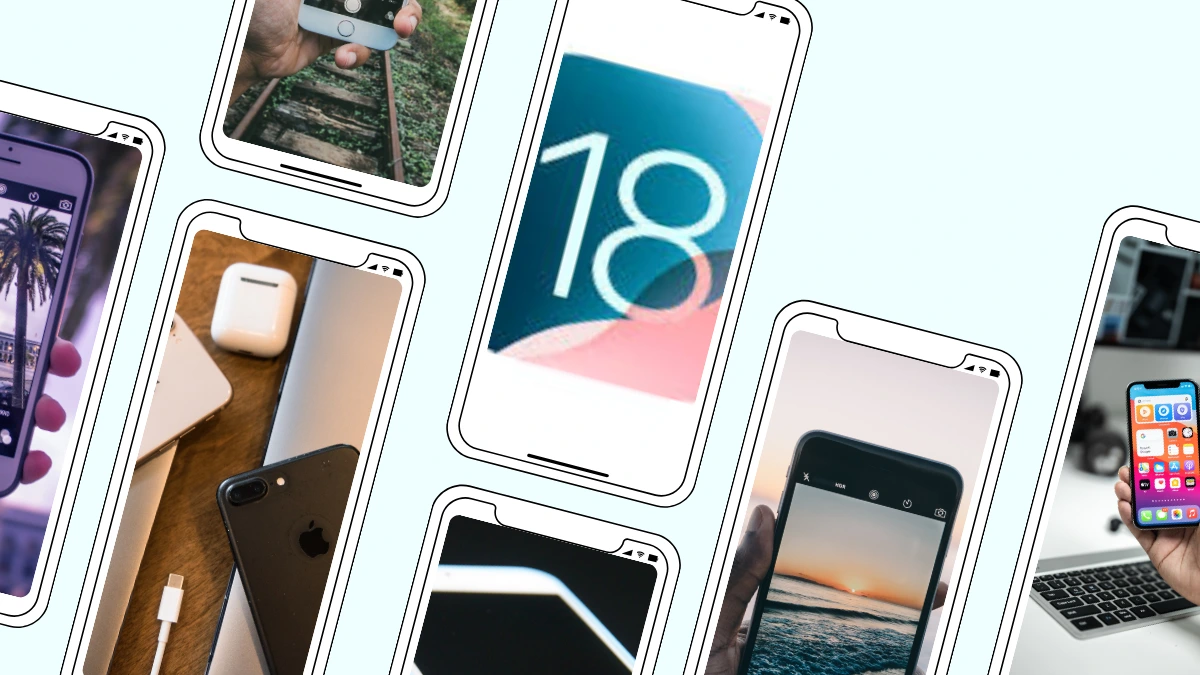Get your iPhone ready for the exciting new features of iOS 18. This comprehensive guide walks you through the essential steps to ensure a smooth update, from checking compatibility and backing up your data to optimizing storage and reviewing privacy settings.
Introduction
iOS 18, the latest operating system from Apple, is packed with exciting new features and improvements, such as enhanced multitasking, redesigned apps, and advanced privacy settings. To ensure a smooth experience and make the most of what iOS 18 has to offer, it’s essential to prepare your iPhone beforehand. This guide will walk you through the necessary steps to optimize your device and get it ready for the update.
Step 1: Check Compatibility
Before you dive into the preparation process, it’s crucial to verify if your iPhone model is compatible with iOS 18. Apple typically releases a list of compatible devices closer to the official release date. You can find this information on Apple’s official website or by searching online.
Step 2: Back Up Your iPhone
Backing up your iPhone is a critical step to protect your data before updating to a new iOS version. Apple provides several backup options:
iCloud Backup: This is the most convenient method. Simply enable iCloud Backup in your iPhone’s Settings app and ensure you have enough iCloud storage. Remember, iCloud storage is limited, so you might need to purchase additional storage if you have a large amount of data.
iTunes Backup: Connect your iPhone to your computer using a USB cable and use iTunes (or the Finder on macOS Catalina and later) to create a backup. iTunes backups can be larger than iCloud backups, but they offer more flexibility and can be stored on your computer’s hard drive.
Step 3: Free Up Storage
iOS 18 requires a certain amount of free storage to install and run smoothly. To ensure you have enough space, review your iPhone’s storage usage in the Settings app. Delete unnecessary files, apps, and photos to free up space. You can also use the “Optimize iPhone Storage” feature in Settings to automatically delete old photos and videos.
Step 4: Update Apps
Before updating to iOS 18, make sure all your apps are up-to-date. This will help prevent compatibility issues and ensure optimal performance. Open the App Store and tap on the “Updates” tab to check for available app updates. If you have a large number of apps, consider updating them in batches to avoid overwhelming your iPhone’s processor.
Step 5: Check Battery Health
A healthy battery is essential for a smooth iOS 18 experience. If your battery is showing signs of degradation, consider replacing it before updating. You can check your battery health in the Settings app under “Battery.” If your battery health is significantly low, it may affect the performance of your iPhone and could even prevent you from installing iOS 18.
Step 6: Review Privacy Settings
iOS 18 introduces new privacy features and settings. Take some time to review your privacy settings and ensure they align with your preferences. This includes managing app tracking, location services, and other privacy-related options. For example, you can choose to allow apps to track your activity across apps and websites or limit tracking.
Additional Tips
Disable Automatic Updates: If you’re not ready to update immediately, disable automatic updates in the Settings app. This will give you more control over when the update occurs.
Check Network Connection: Ensure you have a stable Wi-Fi connection or cellular data plan when downloading and installing iOS 18. A strong connection will prevent interruptions and speed up the process.
Consider a Beta Test: If you’re adventurous and want to try out iOS 18 early, consider enrolling in Apple’s beta program. However, keep in mind that beta software may contain bugs and instability.
FAQs: iOS 18 For Your iPhone
Q: Can I downgrade to an older iOS version after updating to iOS 18?
Ans: While it’s generally not possible to downgrade after updating to a new iOS version, there are exceptions in certain cases. It’s best to research the specific situation and consult Apple support for guidance.
Q: Will I lose my data after updating to iOS 18?
Ans: If you’ve backed up your iPhone before updating, you should be able to restore your data without any issues. However, it’s always a good practice to have a backup in case something unexpected happens.
Q: Can I install iOS 18 on an older iPhone model?
Ans: Only iPhone models that are officially supported by Apple can install iOS 18. Check Apple’s compatibility list to determine if your iPhone is eligible.
Q: What are some of the new features in iOS 18?
Ans: iOS 18 is packed with exciting new features, including improved multitasking, enhanced privacy settings, redesigned apps, and more. The specific features may vary depending on the iPhone model.
Q: Should I wait for iOS 18.1 or a later update before updating?
Ans: It’s often recommended to wait for a few weeks after the initial release of a new iOS version to allow Apple to address any bugs or stability issues. However, if you’re eager to try out the new features, you can update immediately.
Conclusion
By following these steps and tips, you can ensure that your iPhone is well-prepared for the iOS 18 update. This will help you enjoy a smooth and seamless experience with all the exciting new features and improvements that iOS 18 has to offer.
Important: The information provided here in the post is for general informational purposes only. It should not be taken as professional or any other type of advice. Always seek the advice of a qualified professional before implementing this information on your own. Thank you!
Add Blogzwave To Your Google News Feed


